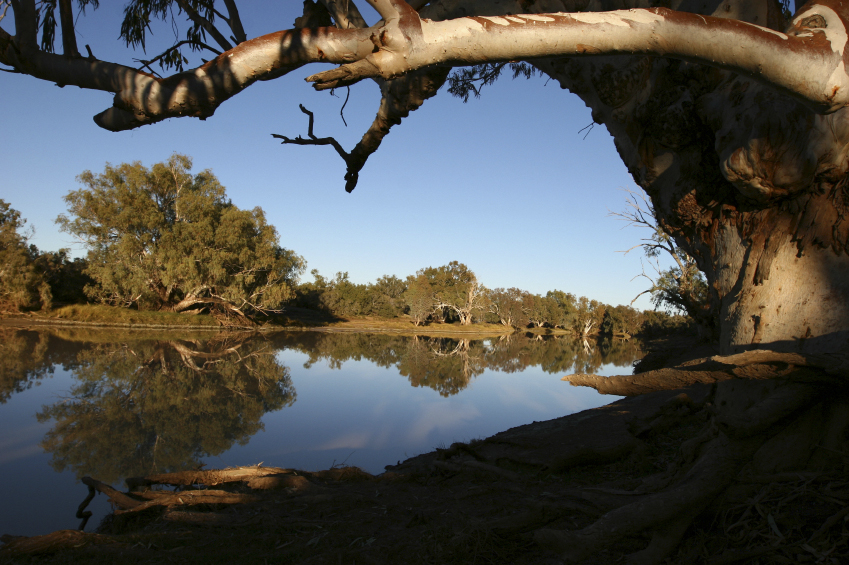
Researchers at Griffith University have updated Australia’s first study of indigenous water rights and found that First Nations have lost valuable water rights over the past 12 months.
The 2020 study of First Nations water rights in the Murray Darling Basin (MDB) found that across the MDB, at least 30 Aboriginal organisations held 12.808 GL/y under 68 surface water entitlements (in November 2020).
When the researchers from the Australian Rivers Institute revisited State and Territory water registers in November this year, they found that one moderate-size licence had been sold, bringing the volume of water under First Nations control down by 24 ML/y to 12.784 (GL/y).

These entitlements held by Aboriginal organisations across the Basin make up a very small percentage of the total water (0.17%).
The volume of available groundwater licensed to First Nations (556 ML/y or 0.027%) remained unchanged. The researchers found that no new licences - surface water or groundwater - had been acquired by First Nations in the period 2020-2021.
“This new research raises serious questions about the inequitable effects of water markets. The decline is important to acknowledge because it shows how vulnerable First Nations’ water holdings are to permanent loss in the country’s most valuable water market,” Professor Sue Jackson said.
“There is significant pressure on Aboriginal organisations to sell their water rights to cover the costs of operating their organisations. Once sold it can be very costly to regain control of water and put it to direct use on Country.”
The researchers said it is also a significant finding because the trend should be going the other way.
“There has never been more attention given by policy makers or governments to the important issue of indigenous water rights in the MDB, or nationally,” co-researcher Dr Lana Hartwig said.
“There is a commitment by all Australian Governments under the Closing the Gap Policy to set a target to increase First Nations water holdings, and yet the water under Aboriginal control in the MDB, which was already very small, has dropped further in the past year.”
The researchers added that this recent decline is consistent with a decadal trend. In a separate study of First Nations water holdings in NSW the same team identified a 17% loss in First Nations’ water rights between 2009-2018.
“Australian governments, including those with responsibility for water management in the MDB, need to urgently address the causes and act on commitments to improve access to water for First Nations under national water policy, state water policy and law, as well as Closing the Gap,” Professor Jackson said.
“Our previous research indicates there is strong public support for action on First Nations water rights. Previously we surveyed households from the jurisdictions of the MDB and found that 70% of respondents support the principle of reallocating a small amount of water from irrigators to First Nations via the water market.
“In that study published in the international Journal of Water Resources Research, we estimated households were willing to pay A$21.78 in a one‐off levy. The aggregate value calculated for households in the basin’s jurisdictions was A$74.5 million, which is almost double a government commitment of $40 million to fund the acquisition of entitlements for Aboriginal nations of this basin. Those funds have not been spent to increase First Nations water holdings.”
The researchers intend to provide an annual update of their database to track changes in Aboriginal water rights over years to come. The results can be benchmarked against commitments under water policy and Closing the Gap targets.








